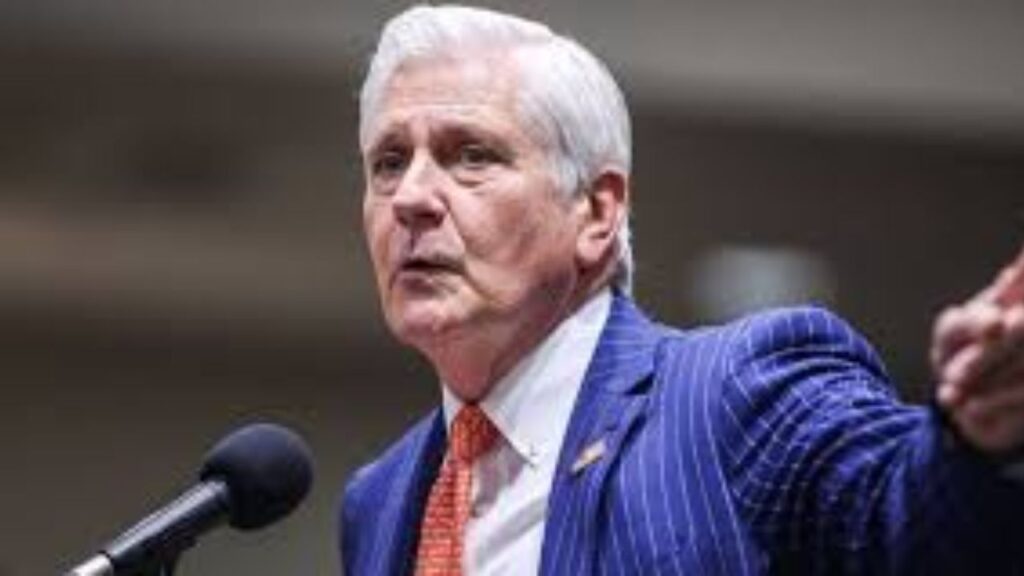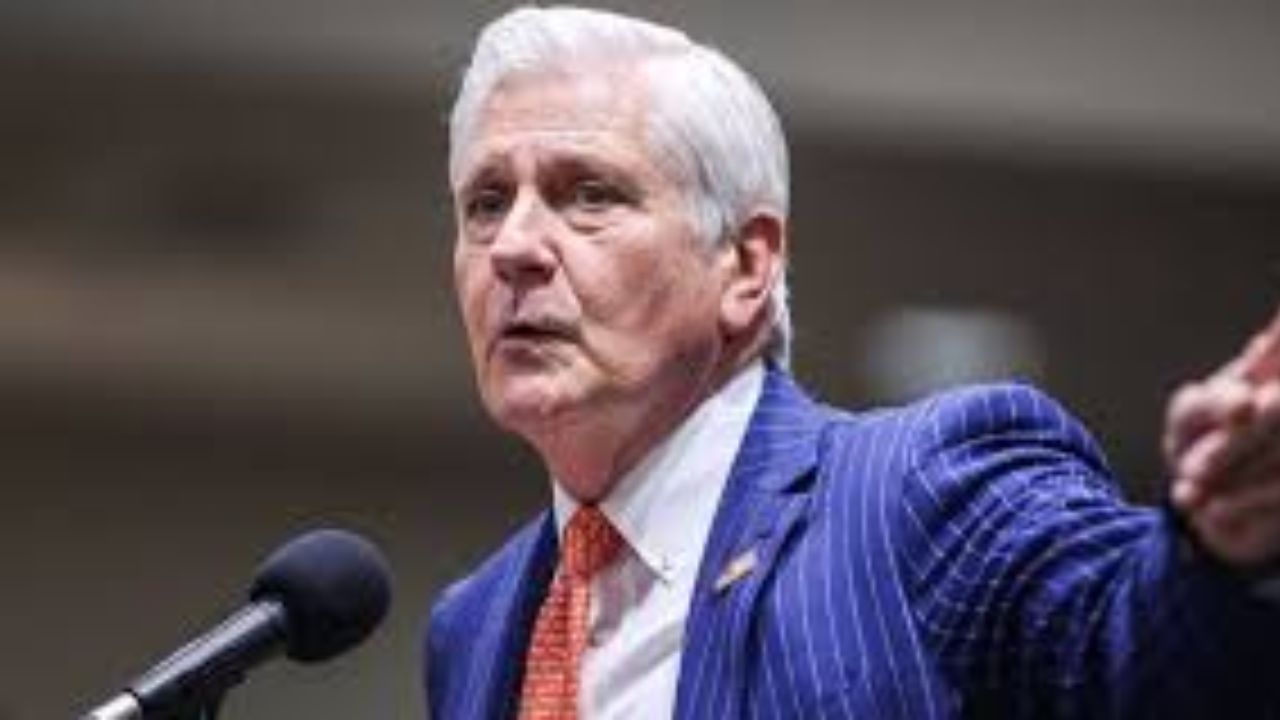The Nassau County mask ban has sparked a significant debate, balancing public safety concerns with civil liberties. This controversial legislation, driven by the Republican-controlled legislature, aims to prevent mask-wearing protesters from evading accountability. However, critics argue it infringes on First Amendment rights. The mask ban’s historical context, political divide, and implications for mask-wearing laws and enforcement are crucial elements of this ongoing issue.
Explore the controversial mask ban in Nassau County, NY, examining the balance between public safety and civil liberties. Understand the arguments from both supporters and opponents, the political divide in the legislature, and the broader implications for mask-wearing laws and enforcement.

Why is There a Mask Ban in Nassau County, NY?
In recent developments, Nassau County, NY, has become the center of a heated debate over a newly implemented mask ban. The Republican-controlled legislature voted along party lines to ban masks, responding to a perceived increase in mask-wearing protesters. The decision has sparked a significant controversy, dividing opinions on its implications for public safety and civil liberties.
The Rationale Behind the Mask Ban
Supporters of the bill argue that it is necessary to prevent protesters who engage in harassment or violent acts from concealing their identities. They believe that the ban will enhance accountability and deter criminal behavior. Nassau County Executive Bruce Blakeman emphasized, “Unless someone has a medical condition or a religious imperative, people should not be allowed to cover their face in a manner that hides their identity when in public.”
This perspective is not isolated. Less than two months prior, New York Governor Kathy Hochul had also considered banning masks in the New York City subway system. “We will not tolerate individuals using masks to evade responsibility for criminal or threatening behavior,” Hochul stated in June. “My team is working on a solution, but on a subway, people should not be able to hide behind a mask to commit crimes.”
Legislative Action and Public Reaction
The legislative session that saw the mask ban’s passage was marked by intense debate. The chambers were filled with public speakers, both for and against the bill. In the end, all 12 Republicans in the legislature voted in favor of the measure, while the body’s seven Democrats abstained, highlighting the partisan nature of the issue.
Nassau County Police Commissioner Patrick Ryder assured that officers would differentiate between individuals wearing masks for legitimate medical or religious reasons and those using them for illicit purposes. However, he did not provide specific details on how this differentiation would be made, leaving some questions unanswered about the practical enforcement of the ban.
Opposition to the Mask Ban
The mask ban has faced significant opposition, particularly from civil liberties organizations. The New York Civil Liberties Union (NYCLU) has been vocal in its criticism, arguing that the ban infringes on First Amendment rights. Nassau County regional director Susan Gottehrer stated, “Masks protect people who express political opinions that are unpopular. Making anonymous protest illegal chills political action and is ripe for selective enforcement, leading to doxxing, surveillance, and retaliation against protesters.”
Critics argue that the mask ban could be used to suppress dissent and limit the ability of individuals to participate in protests without fear of retribution. They also point out that the wearing of face coverings in public has declined since COVID-19 deaths have abated, yet many still use them for personal safety and health reasons.
Historical Context and Precedents
The controversy over mask-wearing is not new in New York. In the 1800s, New York passed a law banning face masks in public in response to protests over rent. This law was suspended in 2020 by then-Governor Andrew Cuomo as part of the pandemic public health campaign, which also mandated masks for subway riders until September 2022.
The historical mask ban had previously attracted criticism from civil rights groups, who argued that it was selectively enforced to break up protests. They contended that individuals wanted to hide their identities to avoid legal or professional repercussions, drawing parallels to the current debate in Nassau County.
The Future of the Mask Ban
As Nassau County Executive Bruce Blakeman prepares to sign the bill into law, the future of mask-wearing in the county remains uncertain. The enforcement of the ban will likely face legal challenges, particularly from civil liberties organizations. The NYCLU has indicated that it will closely monitor the implementation of the ban and is prepared to take action if necessary.
The broader implications of the mask ban extend beyond Nassau County. If other jurisdictions follow suit, it could signal a shift in how mask-wearing is regulated in public spaces. The balance between public safety and individual rights will continue to be a contentious issue, with both sides presenting compelling arguments.
The Broader Debate on Public Safety and Civil Liberties
The mask ban in Nassau County is part of a broader debate on the balance between public safety and civil liberties. Supporters argue that such measures are necessary to prevent criminal behavior and ensure accountability. However, opponents contend that they infringe on fundamental rights and can be used to suppress dissent.
This debate is particularly relevant in the context of the COVID-19 pandemic, which has seen widespread use of face coverings for health reasons. The pandemic has highlighted the importance of masks in protecting public health, but it has also raised questions about their impact on civil liberties.
Public Opinion and Political Ramifications
Public opinion on the mask ban is divided. Some residents support the measure, believing it will enhance safety and prevent criminal activity. Others view it as an overreach that infringes on individual freedoms. The political ramifications of the ban are also significant, with the vote reflecting deep partisan divides.
The Republican-controlled legislature’s decision to pass the ban along party lines underscores the polarized nature of the issue. The Democrats’ decision to abstain from the vote indicates their reservations about the measure, though they stopped short of outright opposition. This partisan divide is likely to continue as the debate over the mask ban unfolds.
Conclusion
The mask ban in Nassau County represents a contentious and complex issue, balancing concerns over public safety with the protection of civil liberties. As the ban moves forward, its implementation and impact will be closely watched by both supporters and opponents. The outcome will not only affect Nassau County but could also influence similar measures in other jurisdictions.
The debate over the mask ban underscores the broader challenges of governing in a polarized political environment. As policymakers grapple with these issues, they must navigate the delicate balance between ensuring public safety and upholding fundamental rights. The resolution of this debate will have significant implications for the future of mask-wearing and civil liberties in Nassau County and beyond.
Read More
- Terrorist Threat Cancels Taylor Swift’s Vienna Concerts
- Harris Selects Tim Walz The Democratic Dream Team for 2024
- Defense Secretary Lloyd Austin Revokes Plea Deals for 9/11 Terrorists in Major Reversal
- The Controversy Surrounding Olympic Boxer Imane Khelif A Tale of Resilience and Misguided Criticism
